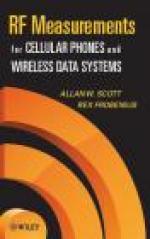www.rfmentor.com
Tools and training to help your RF/Wireless career
Menu
Main menu
Quick Links
User menu
User login
Popular content
- Parasitic Oscillations and EMI Emissions
- Test EMI Profile of Your Systems with Real Loads
- PCB Design Toolkit
- Live and On-Demand RF/Wireless Courses from Besser Associates
- What's New in Digital Predistortion
- Broadband Impedance Matching
- Applied RF Engineering I online (Course 270)
- Videos from Microwave Journal
- Microwave Journal Magazine
- QUCS Freeware Circuit Simulator





